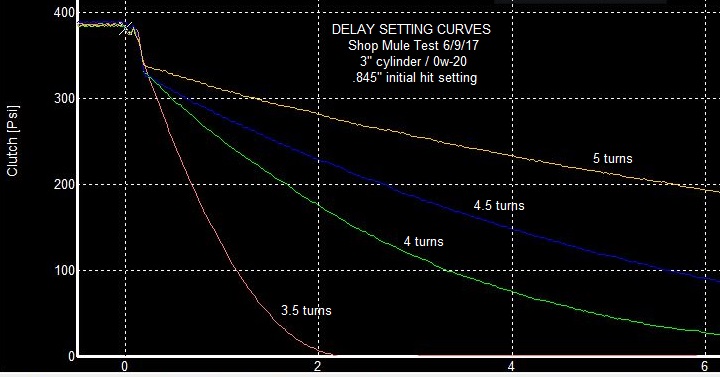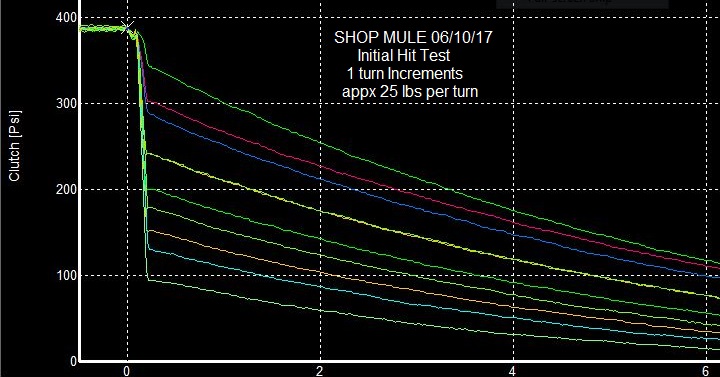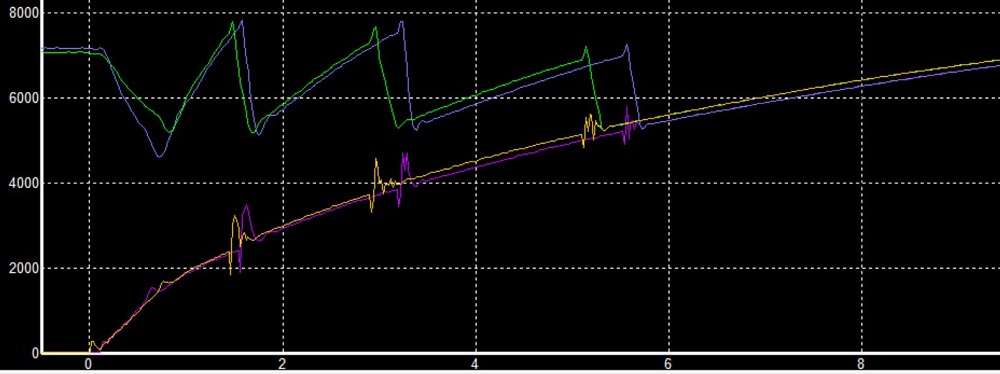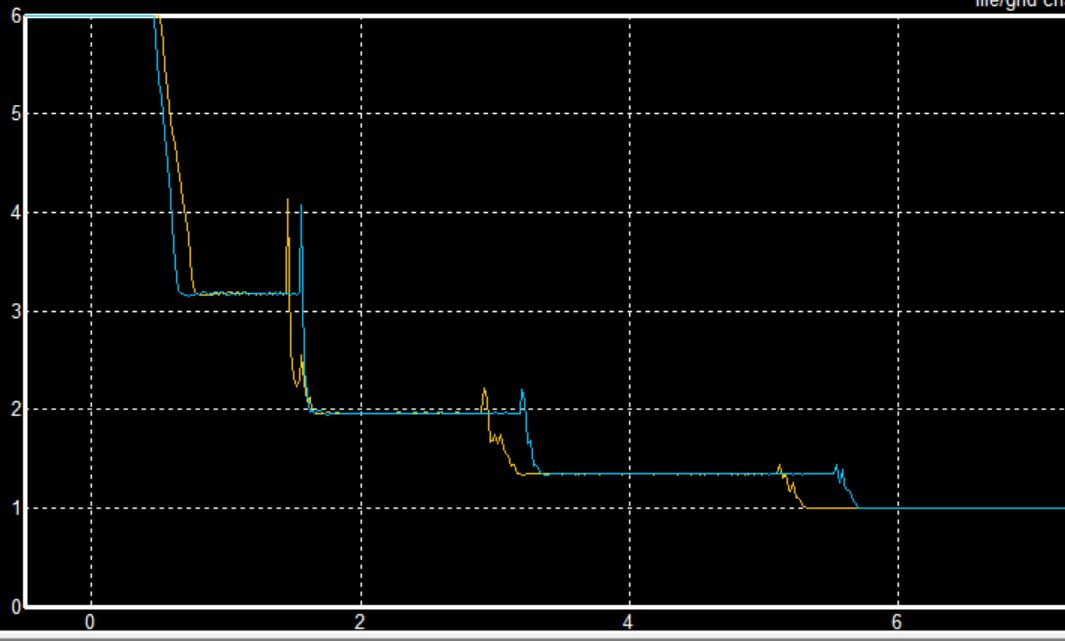I broke my Richmond 5 speed a couple weeks ago at the track (2nd gear).
I'm in a bind because Richmond doesn't make parts for that transmission any more.
I'm going to de-tune the engine and want to make the car where I can drive it wherever.
What should I do? I like the 4 or 5 speed deal because the car came with a 4 speed.
HELP!

No need to de-tune. All you need to quit breaking parts is something to control the hit of your current clutch. Basically just something to hold back a little clamp pressure initially, which would allow it to slip a little longer than it does now.
Every clutch/engine/chassis combination has a "sweet spot" zone in the clutch pedal's release travel, where the clutch slips just enough to launch the car efficiently without bogging the engine. A given clutch's "sweet spot" zone typically starts when throwout bearing pressure drops to a point where a clutch's holding power roughly matches the torque output of the engine. The end point of that zone is typically defined by throwout bearing pressure falling to a point where the clutch either draws more torque/inertia than the drivetrain/chassis/tires can handle, or drags the engine down/out of it's power range too quickly. Basically the goal is to reach that sweet spot zone as quickly as possible, but then to stay within that zone long enough to prevent excessive bog or broken parts.
The below graph shows the typical shapes of throwout bearing pressure curves that result from using increasing amounts of simple hydraulic restriction to slow the movement of the clutch pedal…

For this example, lets say the sweet spot zone starts as T-brg pressure reaches 200Psi, and extends until the point where pressure falls below 100Psi. Notice that from the time of initial pedal release, it takes a bit of time for the clutch to reach 200Psi. Notice the 3.5t curve above takes about 1.2 seconds to reach the 200Psi mark, which is the start of this application's "sweet spot" zone. Curves 4t, 4.5t, and 5t all take more than 3 seconds to reach 200Psi. Because drag racers typically want things to happen almost instantly, this graph shows that an actual usable release curve needs to drop almost vertical to minimize delay of the hit.
Here's a graph showing my ClutchTamer's separately adjustable "initial hit" feature, which allows throwout bearing pressure to instantly drop to a given "sweet spot" pressure zone before any actual delay of clutch pedal movement starts. The point where the lines go from vertical drop to horizontal is what we refer to as the "hit" point, notice that all the lines reach their "hit" point almost instantly. Simple hydraulic restriction devices do not have the ability to do this...

Basically the ClutchTamer's adjustable "initial hit" feature allows lines 5/6/7/8 to almost instantly drop into the 200-100Psi "sweet spot" zone, with each hitting the chassis/tires progressively harder. Line 9 drops slightly below the sweet spot zone, more likely to bog the engine or knock the tires loose. All the above lines were produced using the same delay setting. Switching to less delay would result in the clutch passing thru the sweet spot more quickly, resulting in less clutch wear/tear while increasing bog or possibly causing broken parts. More delay would slow pedal travel thru the sweet spot, allowing the car more time to gain speed before clutch lockup, which reduces bog.
If you want minimal slip after the shift, it's possible to do that with the ClutchTamer...adjust the pedal stop deeper, then just stab the pedal when shifting instead of bouncing it off the stop. But here's something to think about- if the clutch slipping after the shift improves recovery by 500rpm, on a typical 10.0 sec 3100lb car that can easily equal an additional 40hp or so for a few tenths of a second or more after each shift.
Here's a comparison of two nearly identical back-to-back runs with zero wheelspin during launch and "clutchless" shifts. The blue pass has less clutch delay and bogs to 4622 rpm at .728 sec into the run. The only difference with the yellow pass is an additional 1/2 turn of delay added to the ClutchTamer adjustment, which caused a decaying amount of slip to be added after each shift. The added slip time raised the bog rpm to 5202 which increased hp output, and it reached the top of 1st gear 0.089 sec quicker. The added slip time also slightly reduced the wheelspeed spikes after the shifts, which improved net power overall to the point where the yellow pass reached the same driveshaft rpm 0.502 seconds quicker at the top of high gear. Notice that the car gains rpm at exactly the same rates in each gear on both passes. The improvements come on the parts of the graph where the engine is losing rpm, which are basically controlled by the clutch...

Here's a graph with just the engine/driveshaft ratio displayed, so you can better see the differences in clutch slip time...

As you can see, it didn't take much of an increase in slip time to make a huge difference in ET.
Grant

